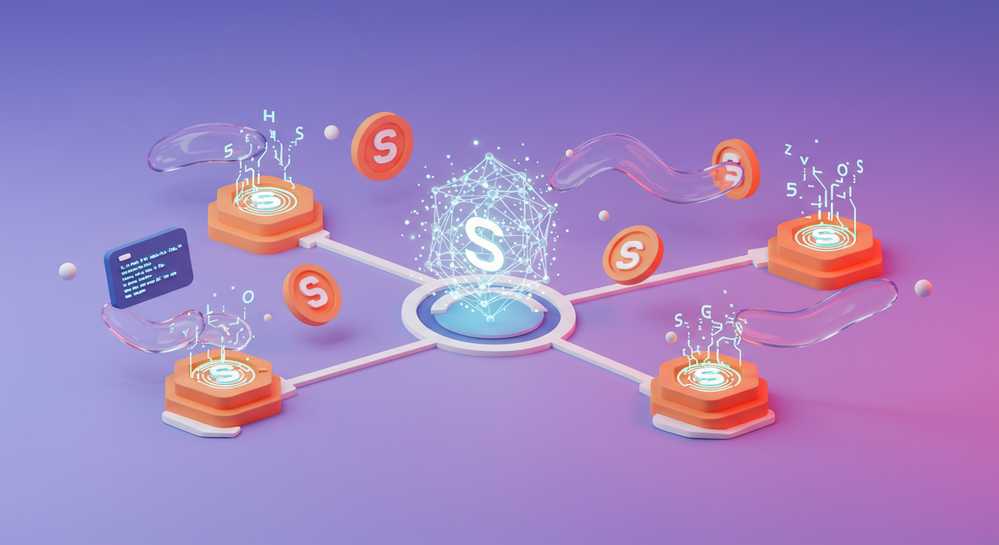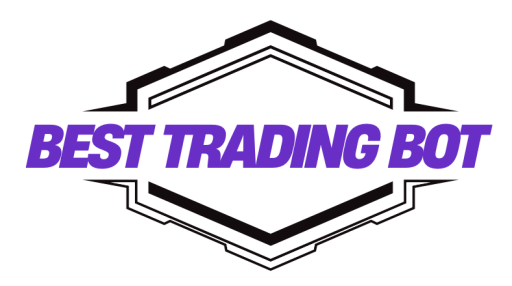Solana has rapidly emerged as a leading blockchain, renowned for its unparalleled speed and low transaction costs, making it an attractive platform for decentralized application (dApp) development. For developers aiming to leverage this powerful ecosystem, understanding how to write smart contracts on Solana is a crucial skill. This guide delves into the core concepts, development tools, and practical steps required to build robust and efficient programs on the Solana blockchain, empowering you to create the next generation of web3 innovations.
Contents
Understanding Solana’s Architecture for Smart Contracts
Crafting Solana Smart Contracts with Architectural Insight
To effectively write smart contracts on Solana, developers must embrace its unique architectural tenets. Solana programs are inherently stateless; program logic and data are strictly separated. This requires explicit account handling, enabling Solana’s parallel processing and high-throughput applications.
Understanding Solana’s account model is paramount. Programs interact with data accounts, often utilizing Program-Derived Addresses (PDAs) to manage program-owned data securely. PDAs eliminate the need for private keys for program accounts, enhancing security and simplifying complex application logic. This stateless paradigm fundamentally shapes decentralized application structure.
Leveraging Anchor for Streamlined Development
While Rust offers powerful low-level control, the Anchor framework significantly streamlines how to write smart contracts on Solana. Anchor abstracts boilerplate for account validation and instruction deserialization. It provides a robust structure for defining program interfaces and managing cross-program invocations (CPIs). Adopting Anchor boosts efficiency and reduces common security vulnerabilities, allowing focus on core business logic. Explore Solana terminology for more insights.
Setting Up Your Development Environment

Setting Up Your Development Environment for Solana Smart Contracts
A properly configured development environment is crucial for efficiently writing smart contracts on Solana. This foundational setup streamlines your workflow, minimizing common development hurdles. It involves installing key tools essential for compiling, testing, and interacting with your Solana programs.
Installing Rust and Cargo
Rust serves as the core programming language for Solana programs, with Cargo acting as its integrated package manager and build system. To install Rust, utilize the official `rustup` script, which simplifies the process. Following installation, remember to update your shell environment. Verify the successful setup by checking the versions of both `rustc` and `cargo` from your command line.
Solana Command Line Interface (CLI) Tools
The Solana CLI provides indispensable utilities for managing keys, deploying programs, and interacting directly with the Solana blockchain. Install the CLI using the provided shell script from the official Solana release page. It is vital to add the Solana binaries to your system’s PATH. Confirm the installation by executing `solana –version` to ensure everything is correctly configured.
Anchor Framework Setup
Anchor significantly simplifies Solana program development by abstracting complex boilerplate code. Before installing Anchor, ensure Node.js (version 16 or newer) and Yarn are already present on your system. Once these prerequisites are met, install the Anchor CLI using Cargo. This powerful framework will enhance your ability to write secure and efficient Solana programs. Validate your Anchor installation by running `anchor –version`.
Developing Your First Solana Smart Contract (Program)

With your development environment ready, you can now write smart contracts on Solana. This guide uses Anchor to build a simple counter program. It demonstrates defining program state and implementing instructions, forming a solid base for complex decentralized applications.
Creating an Anchor Project
Initiate a new Anchor project from the command line. This action generates a structured workspace. It includes dedicated directories for your Rust program code and client-side tests. This organized setup is vital for efficient Solana program development.
Defining Program State and Instructions
Your program’s core logic resides in `lib.rs`. Here, define the `Counter` account to store an integer value. Implement `initialize` to set the initial count and `increment` to modify it. Anchor’s macros simplify these definitions, making how to write smart contracts on Solana intuitive.
Building and Testing Locally
Compile your Rust code using `anchor build`. Then, execute `anchor test` for local verification. These tests simulate blockchain interactions on a local validator. This ensures your program functions correctly before deployment, crucial for robust Solana smart contracts.
Deploying and Interacting with Your Solana Smart Contract

After successfully developing and testing your Solana program locally, the next crucial step is deployment. This process makes your smart contract accessible on a public network like Devnet, enabling real-world interaction. Understanding how to deploy and interact is key to bringing your decentralized application to life.
Deploying to Solana Devnet
To deploy your smart contract, first configure your Solana CLI to target the Devnet. Ensure your designated keypair holds sufficient Devnet SOL for transaction fees, obtainable via a faucet. Then, execute the `anchor deploy` command. This action compiles your program, uploads it to the Devnet, and provides a unique program ID. Remember to update the `declare_id!` macro in your `lib.rs` file with this new ID for seamless integration.
Client-Side Interaction with TypeScript
Interacting with your deployed Solana program typically involves a client-side application, often built with TypeScript and the Anchor client library. This client code connects to the Devnet, allowing you to call your program’s instructions. For instance, you can initialize a counter, then increment it, fetching the updated state directly from the blockchain. This client-side logic is essential for users to engage with your deployed smart contracts on Solana.
Mastering Solana smart contract development opens a world of possibilities within the fast-growing Web3 landscape. By following this guide, you have gained practical insights into setting up your environment, writing efficient programs using Anchor, and deploying them onto the Solana network. The journey to building innovative and high-performance decentralized applications on Solana begins here. Explore further opportunities and tools for optimized trading on the Solana ecosystem at Best Trading Bot .
